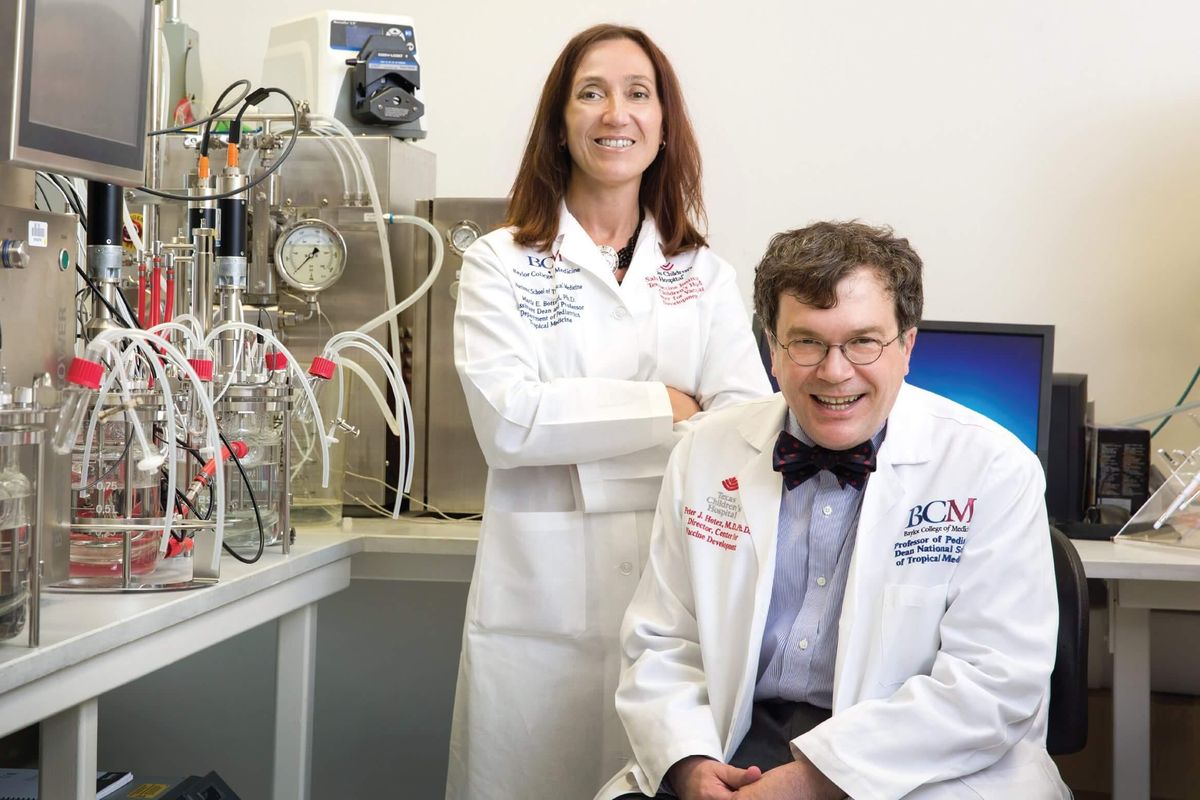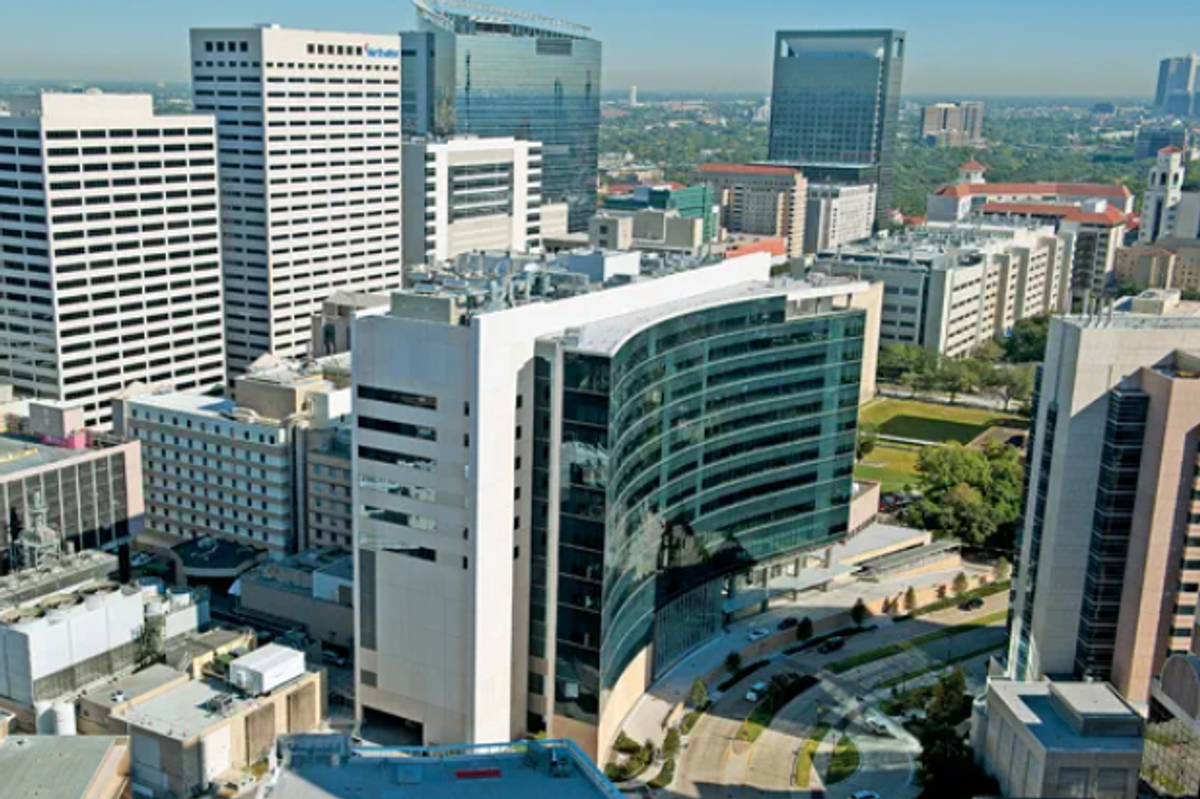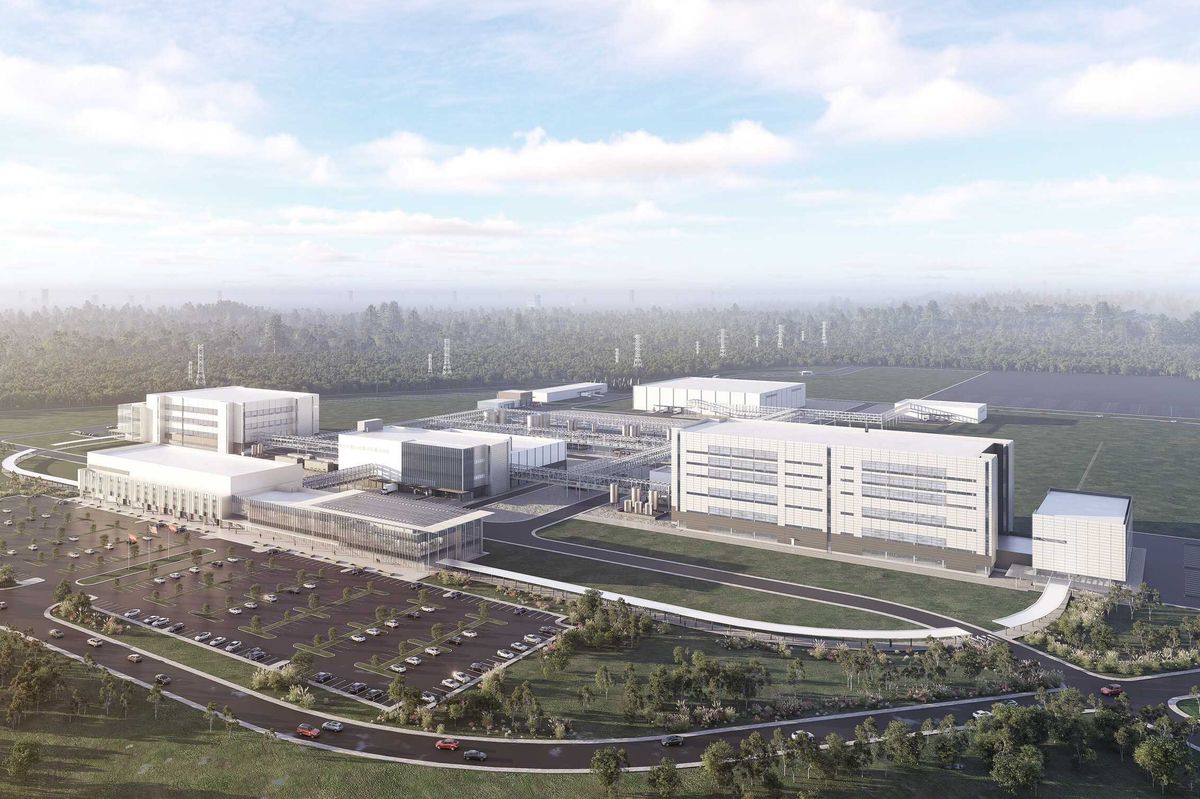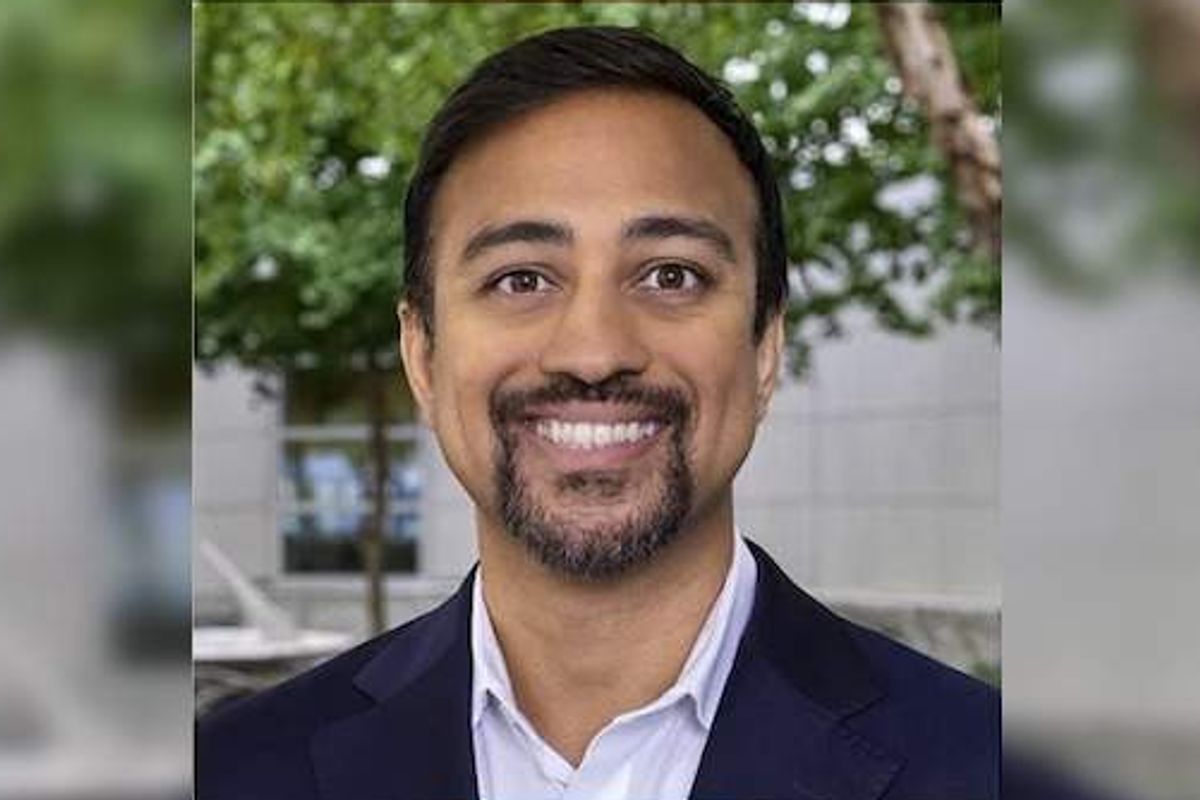Rice University taps 11 Houston business leaders for new entrepreneurship council
leadership council
Rice University has named 11 successful business leaders with ties Houston to its inaugural council focused on entrepreneurship.
Frank Liu, a Rice alumnus and founder of the Rice University Liu Idea Lab for Innovation and Entrepreneurship, or Lilie, recruited the entrepreneurs to the council, and each has agreed to donate time and money to the university’s entrepreneurship programs, according to the university.
Members of the council, known as the Lilie’s Leadership Council or LLC, individuals have experience in a variety of fields, from the industrial and automotive sectors to local government and public radio.
"I owe much of my entrepreneurial success to opportunities I had while at Rice University,” Liu says in a statement. “I can't imagine the heights students today can achieve with the resources that now exist through Lilie. Over the last several years, as the No. 1 ranked Graduate Entrepreneurship program in the country, we have seen exponential growth in student engagement, and we have witnessed the life-changing technologies—tackling big problems in industries like energy and healthcare—bred within Lilie classes and programs. I am thankful for the commitment of Lilie's Leadership Council for propelling these founders from the classroom to the community and building the next generation of Houston's economy.”
LCC's inaugural cohort includes:
- Sandy P. Aron: president of Hunington Properties who has served on the boards of the St. Francis Episcopal Day School of Houston, Congregation Beth Israel of Houston and Jones Partnership at Rice’s Jones Graduate School of Business
- John Chao, vice president and managing director of Westlake Innovations and board member of Westlake Corp. The Rice alumnus previously served as COO of New York Public Radio and partner in the strategy and finance practice at McKinsey & Co.
- Shoukat Dhanani, CEO of Sugar Land-based Dhanani Group Inc., a family owned and operated business conglomerate
- Lorin Gu, founding partner of Recharge Capital and the founding chair of the Global Future Council at the Peterson Institute of International Economics
- Earl Hesterberg, former CEO of Group 1 Automotive and former group vice president of North America marketing, sales and service for Ford Motor Co., who is currently chairing the capital campaign at Kids Meal Inc. in Houston.
- Robert T. Ladd, chairman and chief executive of Stellus Capital Investment Corp. who is also chairman of the board of trustees of Rice and a member of the advisory council for the UT Health's McGovern Medical School
- Frank Liu, co-founder and co-owner of Lovett Industrial and the founder and owner of Lovett Commercial, Lovett Homes and InTown Homes
- Charlie Meyer, CEO of Lovett Industrial who formerly served as managing director at Hines Interests in Houston and director of construction and development for NewQuest Properties. He currently serves on the board of directors for Generation One and NAIOP Houston.
- Hong Ogle, president of Bank of America Houston and Southeast/Southwest Division Executive for Bank of America Private Bank who serves on the board of Greater Houston Partnership and Central Houston Inc. and chairs the Bank of America Charitable Foundation in Houston.
- Annise Parker, Houston’s 61st mayor who is currently CEO of the Victory Fund, a nonprofit devoted to electing pro-equality, pro-choice LGBTQ+ leaders to public office
- Gary Stein, CEO of Triple-S Steel Holdings who serves on the American Institute of Steel Construction Board and the MD Anderson Cancer Center Board of Visitors
Over the summer, Lilie and Rice's Office of Innovation also announced its 2023 cohort of Innovation Fellows. The program, open to Rice faculty and doctoral and postdoctoral students, provides support to move innovation out of labs and into commercialization and up to $20,000 in funding.
Earlier this year, Lilie also launched a new startup accelerator program for students called the Summer Venture Studio, which ran from May through August.



















